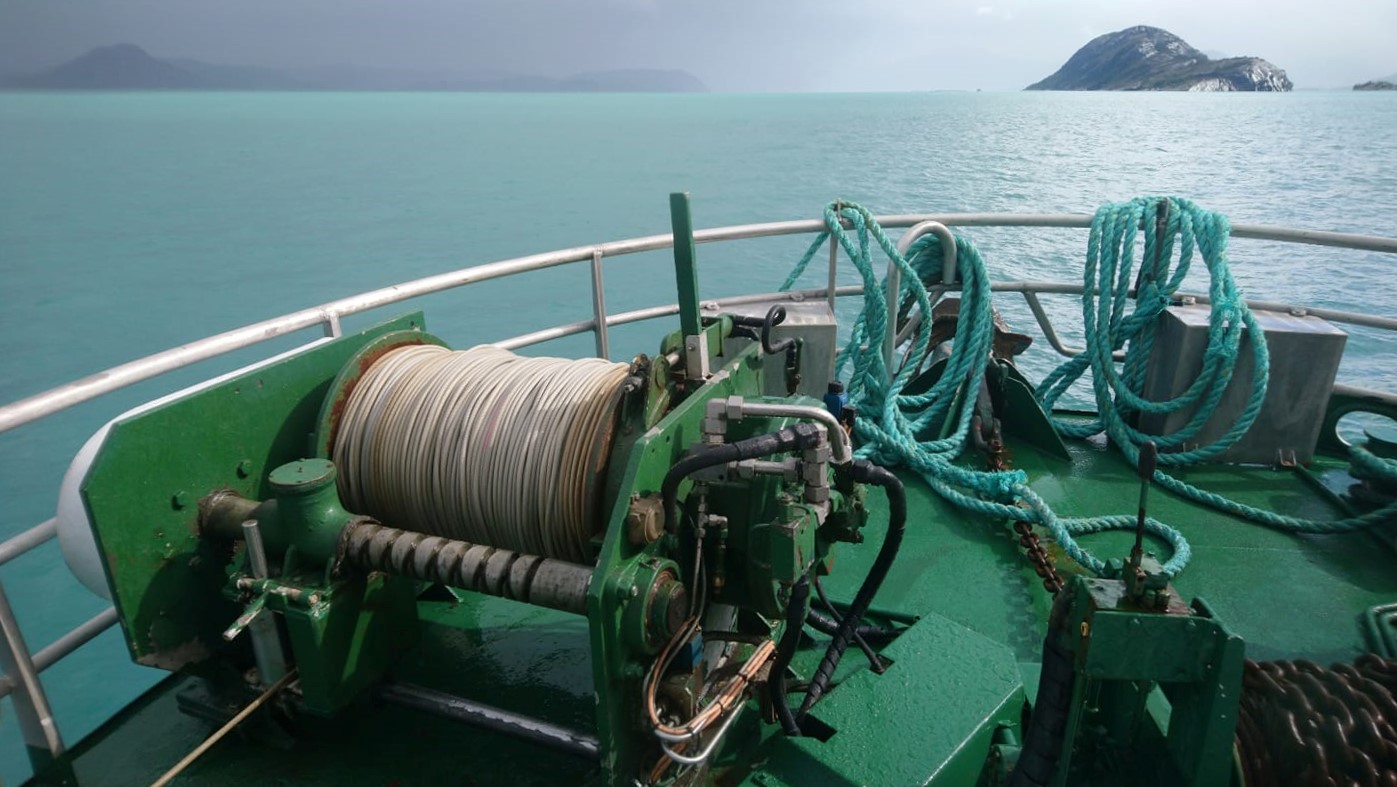Algal bloom: appears to be getting less toxic

Images of Chrysochromulina leadbeateri. Figure 1 shows the whole alga, while the other images are close-ups of various parts of it. This alga is so small that scientists must use an electron microscope to get close-ups of it.
Photo: Photo credit: Wenche Eikrem and Antje Hofgaard, University of Oslo (by agreement)Published: 27.05.2019 Updated: 28.05.2019
“It is often the first part of a harmful algal bloom that is most toxic. In other blooms we have observed that the algae have less of an impact on fish during the ‘tail’ of the bloom. Basically, you begin to need a bigger quantity of algae to cause fish mortality”, explains Lars-Johan Naustvoll, an expert on algae.
“We can see signs of that happening now: in some areas there is now roughly as much algae as there was in areas where fish died, but fewer fish are dying in these new areas.
“The duration of an algal bloom depends on the environmental conditions. When they are no longer optimal, most of the algae die, leaving too few to cause any harm.
“We are monitoring how the algae are spreading, and providing forecasts on this to the Directorate of Fisheries. However, it’s impossible to say how long it will take until the bloom is over.”
Microscopic culprit

Photo credit: Wenche Eikrem and Antje Hofgaard, University of Oslo (by agreement)
Since the “killer alga” is so tiny, not all of its details are visible on a normal microscope. Researchers must therefore study it using an electron microscope in order to accurately confirm the species. The image above was taken in conjunction with the final confirmation of the species last week. It leaves no doubt that Chrysochromulina leadbeateri is the alga responsible for killing farmed fish in northern Norway.
It is naturally present in the water in many places along the coast, but only in small quantities.
“Only with the right combination of temperature, light and weather, and when the right inorganic nutrients are available, do we get the kind of bloom that we’re seeing now”, says Naustvoll.
Some algae colour the sea

Photo credit: Irene Huse, IMR
Other species of alga can also bloom like this, and sometimes we can even see them.
“For instance, the calcareous alga Emiliania gives many fjords an unusual chalky green colour at this time of year, including some fjords in the west of Norway right now, but it is completely harmless”, concludes Lars-Johan Naustvoll.